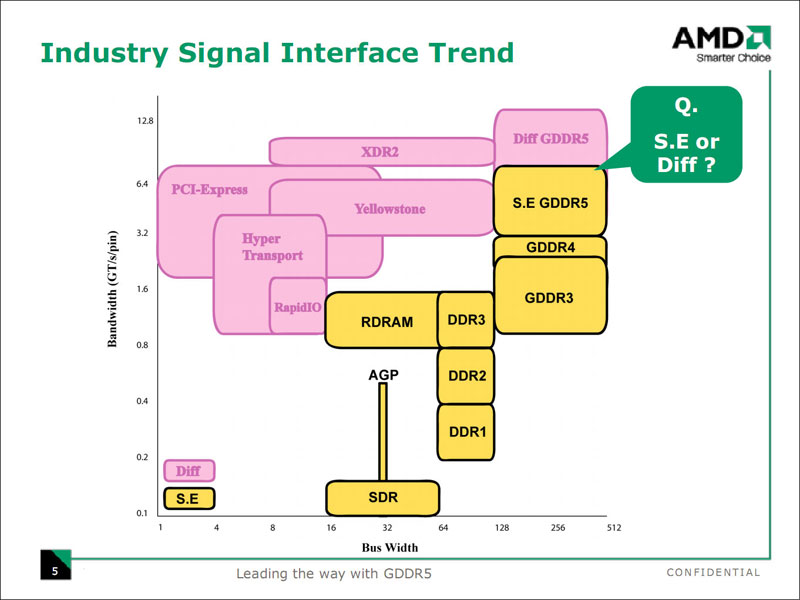What kind of rigged power consumption charts have PCper in their
review? They're only that shows how HD6870 consumes 19W more!! than HD5850 and HD6850 consumes only 17W less than HD6870 (in other benches it's more like 30W less), only 40w less than GTX460 (most of others go down to 65W less) and EQUAL To GTX460 768M (while most has at least 12W or up even to 22W less
CoD-heXus).
Similar review findings on direct competition comparison could be found
[H]ardocp &
HWcanucks so how could only PCper have such bad performing HD6800 cards?
The ROPS also have more idle time on Barts.
ofc when they come in abundance

So that many ROPs are just ther for SIX 2560x1600 DP1.1 outputs compliancy sake?
The shader engines are less than half the total area, so have 70% of the engines would only get you down to 85% of Cypress' die size. Instead, Barts is much smaller than that.
I know that SPs doesnt account for large area but the last pic we had was RV770 and since that SPs become DX11 compatible and more threaded making it bigger (according to R800 series prelaunch). So according to Jawed then SPs were ~41% as
repeated here. So now as long we're know there were twice as much SPs in Cypress than in RV770 and being DX11 they're probably took significantly more than 2:3 ratio i'd go more for 2:3 ratio in Cypress and MC (as I/O) accordingly doesnt scale too well 55nm-40nm but it's improved over RV770 to Cypress so it might be even bigger. Also anand article claims 50% MC reduction by replacing "Cypress one MC" and using "Redwood alike MC" instead.
So irc RV770 MC was ~45mm2 reduce that in 40nm to ~40mm2 but all improvements undertook make them let's say ~50mm2 and 0.5x50mm2 is ~25mm2 reduction
334mm2 (cypress) x0.6(1600SPs) x0.3 (1-1120SP:1600SP ratio) ~60mm2 reduction
So only SPs and MC would take ~85mm2 reduction in die size ~250mm2
But there's also missing CFlink dont believe that was too large maybe 2mm2 and no DP support and that should slim SPs and frontend somewhat ~10mm2. Or it's just artificial/market disable?!
I use a hardware colorimeter with my monitor. I already target 6500K color temperature, Catalyst 10.10 completely screws that up. The official WHQL 10.10s are already up on the server, you just have to change the link.
What's the last Cat10.x you used? Just install previously working Cat and everything should revert to normal settings before this issue. Hope it's not some software bug that broke down the card.


